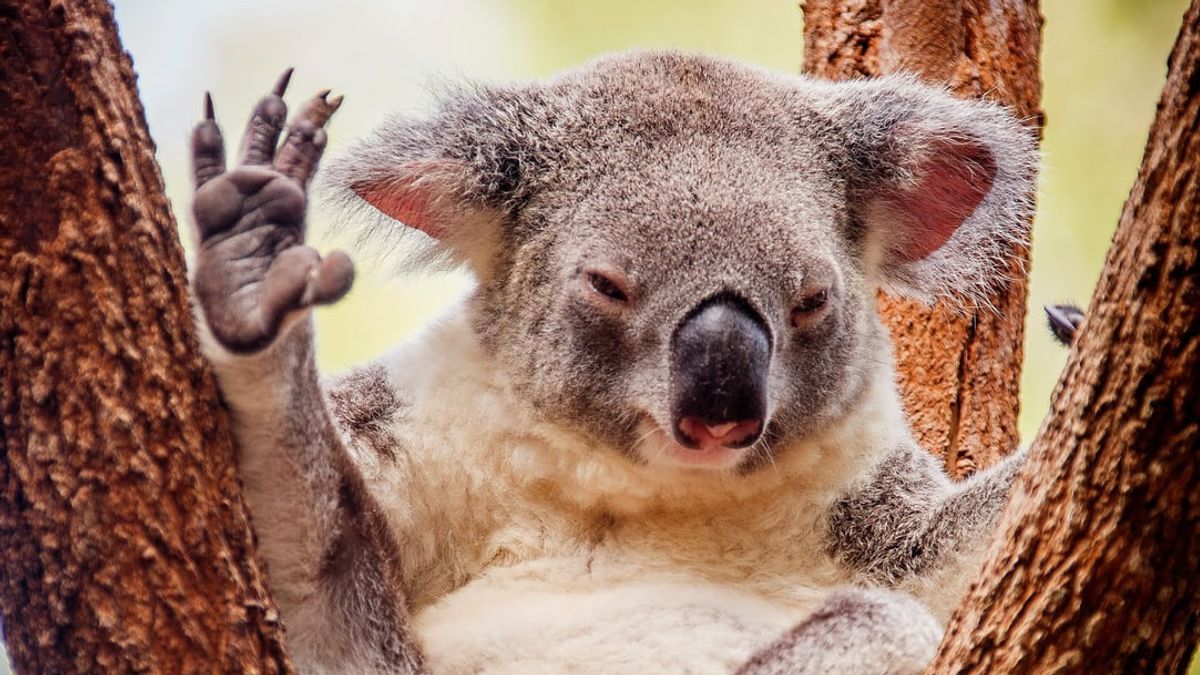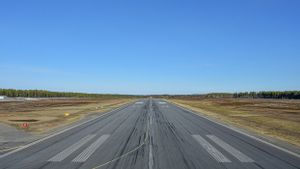JAKARTA - An Australian parliamentary investigation two years ago showed the possibility of the koala becoming extinct by 2050. Sure enough, last week the furry animal was officially added to the endangered species list.
According to the Australian Koala Foundation, 30 per cent of the koala population died in 2018, leaving about 58,000 koalas. Like many other vulnerable species that have been listed as endangered, the decline in koala populations is largely due to environmental stresses such as drought, forest fires and disease.
The change in classification from vulnerable to endangered has prompted Australia's Minister for the Environment, Susan Ley, to take proactive action to halt further rapid declines in koala numbers.
Ley said he had received a recommendation from the threatened species scientific committee that koala populations in Queensland, New South Wales and the Australian Capital Territory should be upgraded to conservation status immediately.
"Today I am increasing protection for koalas in NSW, ACT and Queensland, by listing them as endangered rather than as vulnerable," said Ley.
"The effects of prolonged drought, followed by summer dark wildfires, and the cumulative impact of disease, urbanization, and habitat loss over the past twenty years have led to these suggestions."
A stronger list under national law is the recognition that the koala's plight has become more urgent and that successive Australian governments have failed to change the circumstances of the much-loved animal since being listed as vulnerable in 2012.
Reporting The Guardian, Saturday, February 12, Ley plans to carry out a restoration in the hope of better protecting the koala's natural forest habitat.
Environmental activists have long argued that the conservation status of koalas should be improved. Three organizations such as Humane Society International (HSI), WWF-Australia and the International Fund for Animal Welfare nominated it for the endangered list.
"Koalas have gone from unlisted to now declared critically endangered on Australia's east coast within a decade," said WWF-Australia Chief Executive Dermot O'Gorman.
According to O'Gorman, there is still time to save this globally iconic species if the animal is added to the list, a turning point in koala conservation.
"We need stronger laws and incentives for landowners to protect their forest homes," explains O'Gorman.
An endangered list would provide additional protection for koalas by lowering the threshold, at which development must be assessed under national legislation for potential significant impacts on the species.
Furthermore, the recovery plan sets out the main threats to koalas and the actions needed to prevent their extinction.
Such a plan has been identified under national environmental law as a requirement for the species for the past 10 years, but no Australian government has developed it, making it one of nearly 200 recovery plans for threatened Australian species and habitats that will continue to be late for restoration.
The English, Chinese, Japanese, Arabic, and French versions are automatically generated by the AI. So there may still be inaccuracies in translating, please always see Indonesian as our main language. (system supported by DigitalSiber.id)










